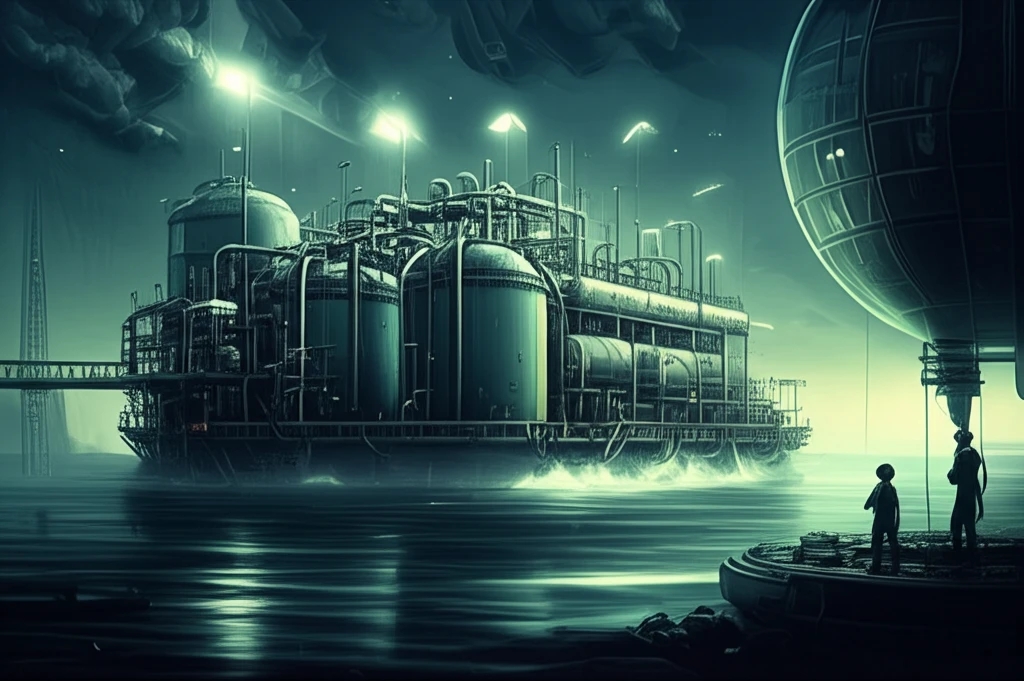
From Waste to Worth: The Cutting-Edge Tech Transforming Oil Industry Wastewater
"Discover how advanced membrane technology is turning environmentally harmful produced water into a reusable resource, addressing pollution and water scarcity."
The oil and gas industry, a cornerstone of modern energy, faces a significant challenge: managing the vast quantities of 'produced water' that emerge alongside crude oil. This water, often contaminated with a complex mix of hydrocarbons and minerals, poses a serious environmental risk if not properly treated.
Traditional methods of handling produced water, such as deep-well injection or surface discharge, come with their own set of problems, including potential groundwater contamination and ecological damage. As environmental regulations become stricter and water scarcity intensifies, there's an urgent need for more sustainable and effective treatment solutions.
Enter membrane technology, a promising approach that utilizes specialized filters to separate contaminants from water. Recent research has focused on enhancing these membranes with nanomaterials to improve their performance and durability, offering a pathway to transform produced water from a waste product into a valuable resource.
Nano-Enhanced Membranes: A New Frontier in Water Treatment?

At the heart of this innovation lies the polyethersulfone (PES) membrane, a thin film engineered with microscopic pores that act as a selective barrier. Researchers have found that by incorporating zinc oxide (ZnO) nanoparticles into the PES membrane, they can significantly boost its ability to remove pollutants from produced water. The nano-sized particles increase the membrane's surface area and alter its chemical properties, making it more effective at capturing contaminants.
- Increased Water Flow: The addition of ZnO nanoparticles creates a more porous structure, allowing water to flow through the membrane more easily.
- Enhanced Contaminant Rejection: The modified membrane exhibits a greater affinity for pollutants, trapping them more effectively and preventing them from passing through.
- Reduced Fouling: One of the biggest challenges in membrane technology is fouling, where contaminants accumulate on the membrane surface, reducing its performance. Nano-enhancements can create a self-cleaning effect, minimizing fouling and extending the membrane's lifespan.
A Sustainable Future?
The development of nano-enhanced membranes represents a significant step forward in sustainable water management for the oil and gas industry. By transforming produced water into a reusable resource, this technology not only reduces environmental risks but also addresses the growing challenge of water scarcity. As research continues and these technologies become more widely adopted, we can look forward to a future where industrial operations and environmental stewardship go hand in hand.
